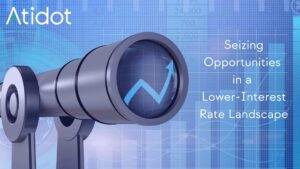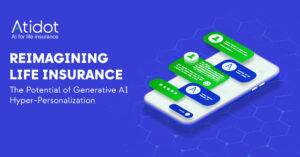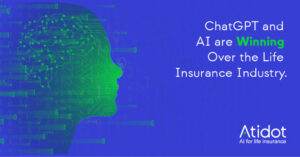In this world of instant communication, consumers have come to expect personalized user experiences from their service providers. Recognizing this, most industries can now offer their customers products that match their immediate and long-term needs, wrapped in tailored messaging that speaks their language and caters to their lifestyle, behavior, attitude, and preferences.
This is the basis for the data-driven, ‘People Like You’ marketing strategy commonly used in B2C campaigns.
There is so much untapped potential for personalization in the life insurance world. Most life insurers currently use traditional segmentation tools such as Tapestry, Mosaic, and even Facebook, as the basis for personalizing their marketing activities in the Life Insurance Next Gen Personalization Methodology vertical.
In short, segmentation programs classify people into over 60 groups and types based mainly on zip code data, creating unique lifestyle segments relating to demographics and socioeconomic characteristics. Tapestry, for example, describes US neighborhoods in easy-to-visualize terms, ranging from “American Royalty” to “Heartland Communities.”
But what if you could add a totally new dimension to traditional classification? Tracking recurring behavioral patterns can create hundreds of thousands of additional granular segmentations, providing a full and complete insight into your Book of Business!
Atidot leverages these segments with its machine-learning capabilities. We use external information from public databases as well as internal sources such as CRM systems.
Additionally, you can create a platform for new marketing strategies that are more accurate, enabling marketing campaigns based on real-time customer data. Occupation, the proximity of hospitals, the day of premium payment, investment patterns, and more can impact the Lifetime Value of your policyholders and can help create additional revenue sources.
This is the next-generation platform for product personalization and tailored marketing campaigns, new risk modeling, lapse strategy, and more. Moreover, machine learning technology can keep learning as policyholders’ actions are recorded to create more accurate and additional profiles, thus detecting the most profitable potential customers.
Real-time data is the basis of our Nano-Segmentation Methodology. One example of a behavioral pattern is the client’s payment date. Different dates have different meanings: if someone is repeatedly late in their premium payments, the machine can identify a pattern such as “these people, if their age is between 40-50, tend to lapse within 5 years”.
This behavioral pattern could have a totally different meaning if they are between the ages of 20-30. In that case, it might suggest that they are busy, successful people who don’t have enough time to attend to their finances.
Another example of a Behavioral Pattern relates to sensitivity to financial market trends. For instance, when the Bond Index is on the rise, some people tend to invest more in their own pension funds.
Atidot’s technology ties such behavior patterns into different groups, such as the “Trendsetters” segment that tends to invest when the Bond Index is up, indicating that they have a financial orientation and can be treated in two different ways. For instance, if the client owns a policy with a 4% guaranteed premium that was issued years ago, they should be encouraged not to lapse that policy.
On a strategic level, if you are catering to this specific group, you might launch a marketing campaign in channels that cater to this specific group of trendsetters with a financial orientation, for instance, via bloggers associated with style, targeted ads in fashion publications, direct email, etc. The possibilities are endless.
So, since AI and ML capabilities can be trained to translate real-time events into real-time data, this newfound segmentation becomes the platform for tailored marketing targeting that can factor in any real-time relevant data. For instance, changes in global food and oil security can impact the demand for life insurance, generating real-time targeting on a weekly or monthly basis through traditional channels such as email campaigns, social networks, etc.
This next-generation approach will set the basis for marching your company into the challenges of the next era.



 min read
min read 
 min read
min read


 min read
min read


